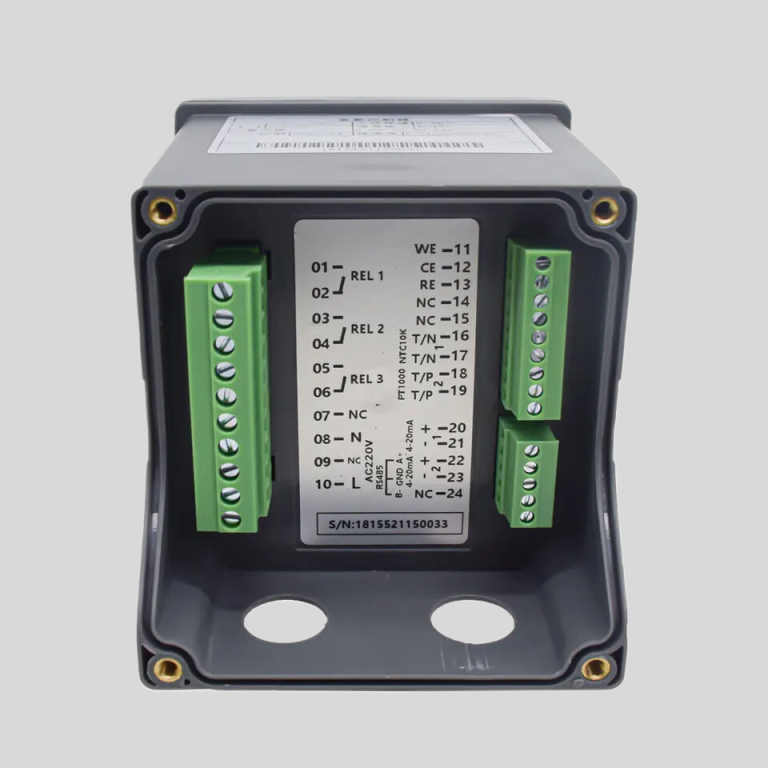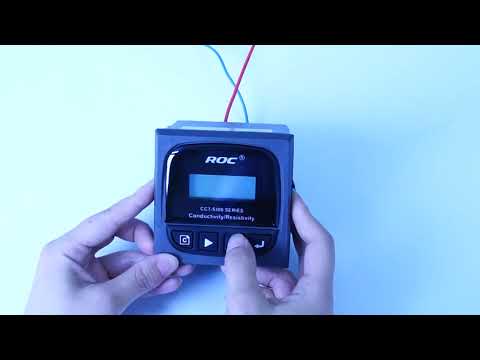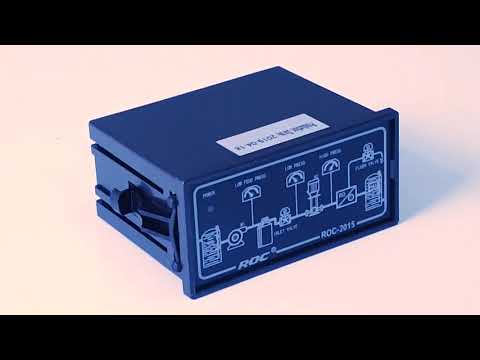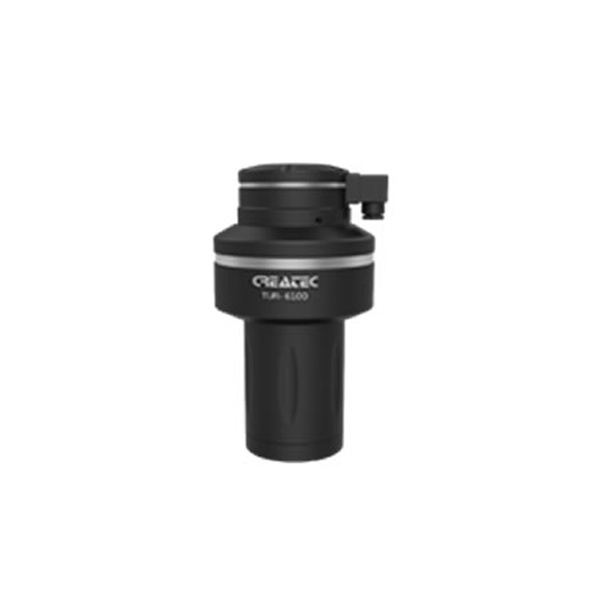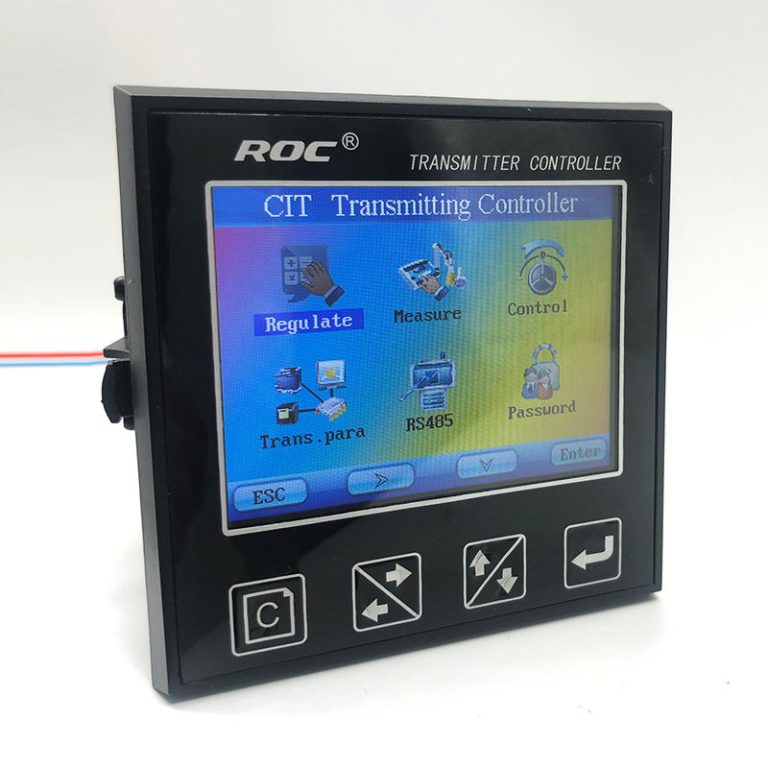Table of Contents
The Importance of Regularly Calibrating Your online TDS Meter for RO Plants
In the world of water treatment, reverse osmosis (RO) plants play a crucial role in providing clean and safe drinking water to communities around the globe. These plants rely on various instruments and equipment to ensure that the water they produce meets the required quality standards. One such instrument is the Total Dissolved Solids (TDS) meter, which measures the concentration of dissolved solids in water.
Online TDS meters are commonly used in RO plants to continuously monitor the TDS levels in the water being treated. This real-time data allows plant operators to make informed decisions about the operation of the plant and ensure that the water quality remains within acceptable limits. However, in order for online TDS meters to provide accurate and reliable readings, they must be regularly calibrated.
Calibration is the process of adjusting the readings of an instrument to match a known standard. In the case of online TDS meters, calibration involves comparing the readings of the meter to a known TDS solution of a specific concentration. By calibrating the meter regularly, plant operators can ensure that it is providing accurate and reliable data, which is essential for maintaining the quality of the water produced by the RO plant.
Failure to calibrate an online TDS meter can lead to inaccurate readings, which can have serious consequences for the operation of an RO plant. If the meter is not properly calibrated, plant operators may not be aware of changes in the TDS levels in the water, which could result in the production of water that does not meet the required quality standards. This can lead to health risks for consumers and regulatory issues for the plant.
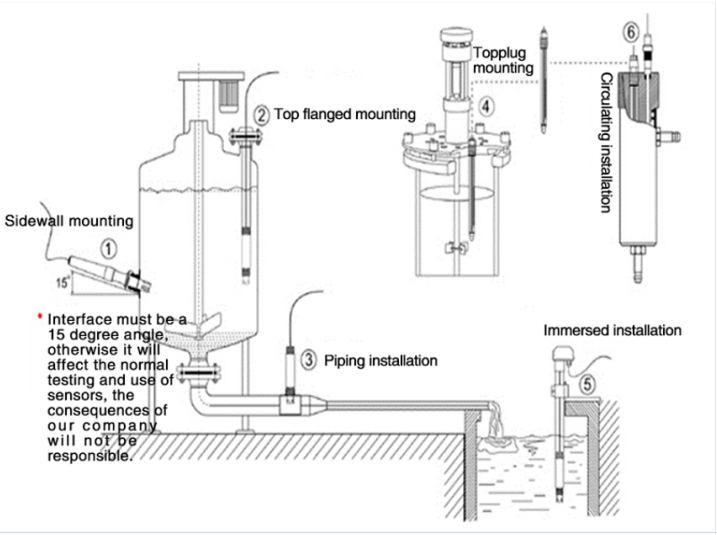
Regular calibration of online TDS meters is also important for ensuring the longevity of the equipment. Over time, the sensors in the meter can drift out of calibration, leading to inaccurate readings. By calibrating the meter regularly, plant operators can identify and correct any drift in the sensors before it becomes a problem. This can help to extend the life of the equipment and reduce the need for costly repairs or replacements.
In addition to regular calibration, it is also important to properly maintain online TDS meters to ensure their accuracy and reliability. This includes keeping the sensors clean and free of debris, as well as regularly checking for any signs of wear or damage. Plant operators should also follow the manufacturer’s guidelines for calibration and maintenance to ensure that the meter is functioning properly.
In conclusion, online TDS meters play a critical role in the operation of RO plants by providing real-time data on the TDS levels in the water being treated. Regular calibration of these meters is essential for ensuring accurate and reliable readings, as well as for maintaining the quality of the water produced by the plant. By following proper calibration and maintenance procedures, plant operators can ensure that their online TDS meters continue to provide accurate data and contribute to the production of clean and safe drinking water.
How to Choose the Right Online TDS Meter for Your RO Plant
Total Dissolved Solids (TDS) are a critical parameter to monitor in reverse osmosis (RO) plants to ensure the quality of the water being produced. An online TDS meter is a valuable tool for continuously monitoring TDS levels in real-time, allowing operators to make timely adjustments to the RO system to maintain water quality standards. With a wide range of online TDS meters available on the market, choosing the right one for your RO plant can be a daunting task. In this article, we will discuss some key factors to consider when selecting an online TDS meter for your RO plant.
One of the first things to consider when choosing an online TDS meter is the accuracy of the device. The accuracy of the TDS meter will determine how reliable the readings are and how well it can detect changes in TDS levels. Look for a TDS meter with a high level of accuracy, preferably within +/- 2% of the actual TDS value. This will ensure that you are getting precise and reliable readings that you can trust.
Another important factor to consider is the range of TDS levels that the meter can measure. Different RO plants may have varying TDS levels in their feed water, so it is essential to choose a TDS meter that can accurately measure the full range of TDS levels in your system. Make sure to select a TDS meter with a wide measurement range to accommodate any fluctuations in TDS levels that may occur.
In addition to accuracy and range, it is also crucial to consider the durability and reliability of the TDS meter. RO plants operate in harsh environments with high pressures and temperatures, so the TDS meter must be able to withstand these conditions. Look for a TDS meter made from high-quality materials that are resistant to corrosion and can withstand the rigors of an industrial setting. A durable TDS meter will ensure long-term reliability and minimize the need for frequent maintenance or replacement.
| Model | pH/ORP-1800 pH/orp meter |
| Range | 0-14 pH; -1600 – +1600mV |
| Accuracy | ±0.1pH; ±2mV |
| Temp. Comp. | Manual/Automatic temperature compensation; No Comp. |
| Oper. Temp. | Normal 0~50℃; High temp 0~100℃ |
| Sensor | pH double/triple sensor; ORP sensor |
| Display | 128*64 LCD Screen |
| Communication | 4-20mA output/RS485 |
| Output | High/Low limit dual relay control |
| Power | AC 220V±10% 50/60Hz or AC 110V±10% 50/60Hz or DC24V/0.5A |
| Working Environment | Ambient temperature:0~50℃ |
| Relative humidity≤85% | |
| Dimensions | 96×96×100mm(H×W×L) |
| Hole Size | 92×92mm(H×W) |
| Installation Mode | Embedded |
Furthermore, consider the ease of installation and maintenance when selecting an online TDS meter for your RO plant. Choose a TDS meter that is easy to install and calibrate, with clear instructions provided by the manufacturer. Additionally, look for a TDS meter that requires minimal maintenance and calibration to ensure smooth operation and accurate readings over time.
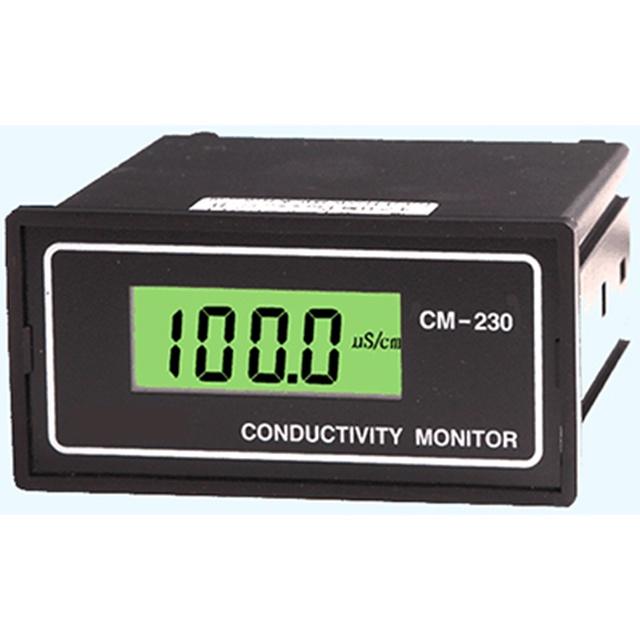
| Model | CCT-5300E series Conductivity/Resistivity/TDS Online Controller |
| Constant | 0.01cm-1, 0.1 cm-1, 1.0cm-1, 10.0 cm-1 |
| Conductivity | (0.5~20,000)uS/cm,(0.5~2,000)uS/cm, (0.5~200)uS/cm, (0.05~18.25)MQ·cm |
| TDS | (0.25~10,000)ppm, (0.25~1,000)ppm, (0.25~100)ppm |
| Medium Temp. | (0~50)℃(Temp.Compensation: NTC10K) |
| Accuracy | Conductivity: 1.5%(FS), Resistivity:2.0%(FS), TDS: 1.5%(FS), Temp.: +/-0.5℃ |
| Temp. compensation | (0-50)°C (with 25℃ as Standard) |
| Cable length | ≤20m(MAX) |
| mA output | Isolated, transportable (4~20)mA, Instrument / Transmitter for selection |
| Control Output | relay contact: ON/OFF, Load capacity: AC 230V/5A(Max) |
| Working Environment | Temp.(0~50)℃;Relative Humidity ≤85%RH (none condensation) |
| Storage Environment | Temp.(-20~60)℃;Relative Humidity ≤85%RH (none condensation) |
| Power Supply | CCT-5300E: DC 24V; CCT-5320E: AC 220V |
| Dimension | 96mmx96mmx105mm(HxWxD) |
| Hole Size | 91mmx91mm(HxW) |
| Installation | Panel mounted, fast installation |
Lastly, consider the features and capabilities of the TDS meter that will best suit your specific needs. Some TDS meters may offer additional features such as data logging, alarms, or communication options that can enhance the functionality of the device. Evaluate your requirements and choose a TDS meter that offers the features you need to effectively monitor TDS levels in your RO plant.
In conclusion, selecting the right online TDS meter for your RO plant is essential for maintaining water quality and ensuring the efficient operation of your system. Consider factors such as accuracy, range, durability, ease of installation, and features when choosing a TDS meter that meets your specific requirements. By carefully evaluating these factors, you can select a reliable and accurate tds meter that will help you monitor TDS levels in real-time and make informed decisions to optimize the performance of your RO plant.

